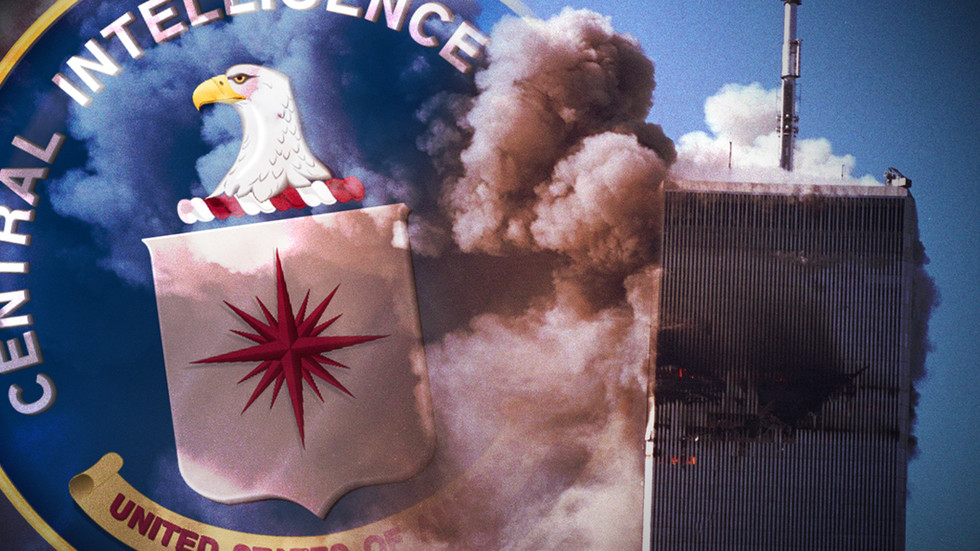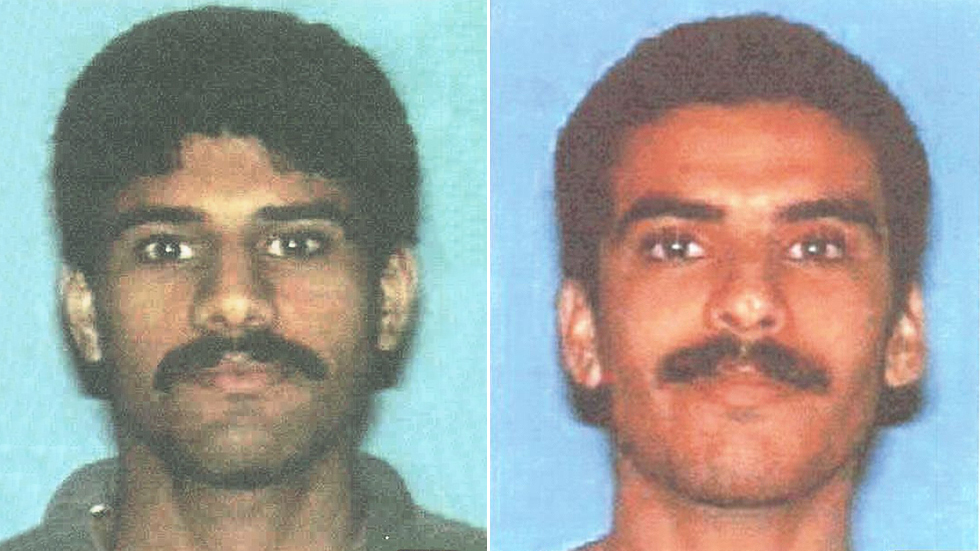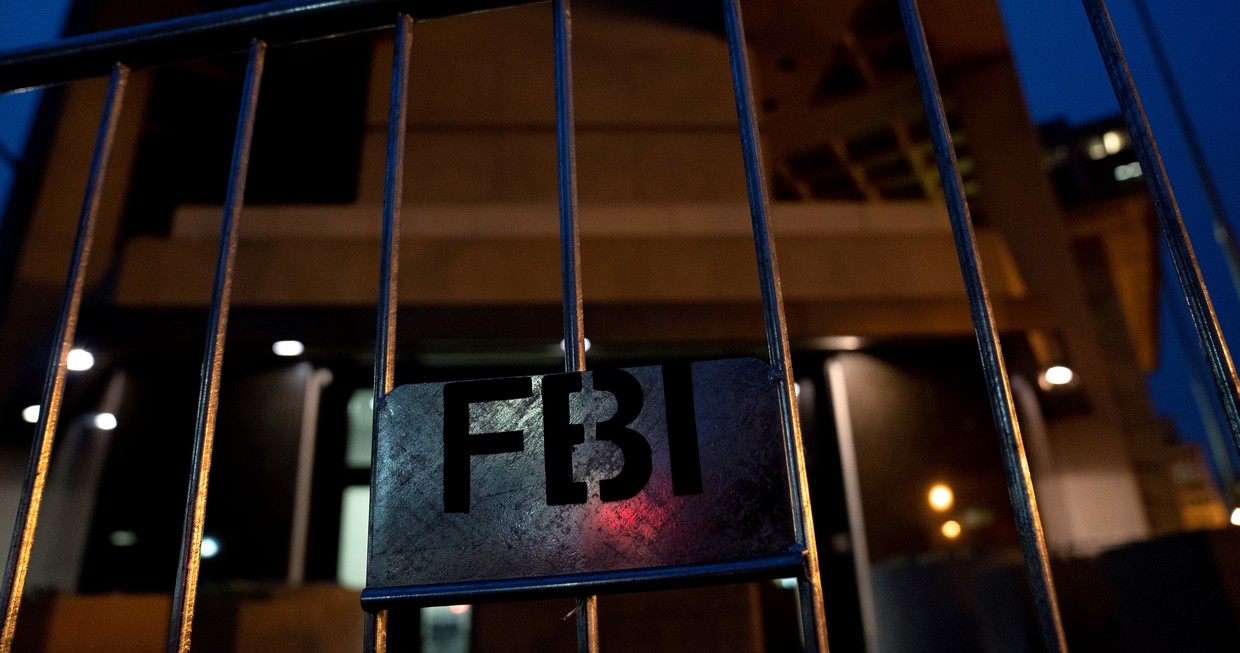What does the intelligence agency have to do with the suicide terrorist attack?

An explosive court filing from the Guantanamo Military Commission – a court considering the cases of defendants accused of carrying out the “9/11” terrorist attacks on New York – has seemingly confirmed the unthinkable.
The document was originally published via a Guantanamo Bay court docket, but while public, it was completely redacted. Independent researchers obtained an unexpurgated copy.
It is an account by the Commission’s lead investigator, DEA veteran Don Canestraro, of his personal probe of potential Saudi government involvement in the 9/11 attacks, conducted at the request of the defendants’ lawyers.
Two of the hijackers were being closely monitored by the CIA and may, wittingly or not, have been recruited by Langley long before they flew planes into the World Trade Center buildings.
The story of two men
Of the great many enduring mysteries of the 9/11 attacks still unresolved over two decades later, perhaps the biggest and gravest relate to the activities of Nawaf al-Hazmi and Khalid al-Mihdhar in the 18 months leading up to that fateful day.
The pair traveled to the US on multi-entry visas in January 2000, despite having repeatedly been flagged by the CIA and NSA previously as likely Al Qaeda terrorists.
Mere days before their arrival, they attended an Al Qaeda summit in Kuala Lumpur, during which key details of the 9/11 attacks are likely to have been discussed and agreed.
The meeting was secretly photographed and videotaped by Malaysian authorities at the direct request of the CIA’s Alec Station, a special unit set up to track Osama bin Laden, although oddly, no audio was captured.
Still, this background should’ve been sufficient to prevent Hazmi and Midhar from entering the US – or at least enough for the FBI to be informed of their presence in the country.
As it was, they were admitted for a six-month period at Los Angeles International airport without incident, and Bureau representatives within Alec Station were blocked from sharing this information with their superiors by the CIA.
“We’ve got to tell the Bureau about this. These guys clearly are bad. One of them, at least, has a multiple-entry visa to the US. We’ve got to tell the FBI,” Mark Rossini, a member of Alec Station, has recalled discussing with his colleagues. “[But the CIA] said to me, ‘No, it’s not the FBI’s case, not the FBI’s jurisdiction.’”
 (L) Nawaf al-Hazmi; (R) Khalid al-Mihdhar © Wikipedia
(L) Nawaf al-Hazmi; (R) Khalid al-Mihdhar © Wikipedia
Immediately upon arrival, Hazmi and Midhar encountered a Saudi national residing in California named Omar al-Bayoumi in an airport restaurant.
Over the next two weeks, he helped them find an apartment in San Diego, co-signed their lease, gave them $1,500 towards their rent, and introduced them to Anwar al-Awlaki, an imam at a local mosque. Al-Awlaki was killed in a US drone strike in Yemen in 2011.
In the wake of 9/11, Bayoumi unsurprisingly became a subject of interest in an FBI probe of potential Saudi involvement in the attacks, known as Operation Encore.
In a 2003 interview with investigators in Riyadh, he claimed his meeting with Hazmi and Midhar was a coincidence – he heard them speaking Arabic, realized they couldn’t speak English, and decided to assist them out of charity.
The Bureau reached a very different conclusion – Bayoumi was a Saudi intelligence operative and part of a wider militant Wahhabist network in the US, which handled a myriad of potential and actual terrorists, and monitored the activities of anti-Riyadh dissidents abroad.
What’s more, Encore judged there to be a 50/50 chance he had advanced knowledge of the 9/11 attacks before they happened, and so did the Saudi government.
Why was it hidden?
Those bombshell facts remained hidden from public view until March 2022, when a trove of FBI documents was declassified at the request of the White House.
The newly released Guantanamo Military Commission filing sheds even further light on Bayoumi’s contact with Hazmi and Midhar – and in turn, the CIA’s keen interest in them, their activities throughout their stay in the US, and refusal to disclose their presence to the FBI until late August 2001.
The filing is an account by the Commission’s lead investigator, DEA veteran Don Canestraro, of his personal probe of potential Saudi government involvement in the 9/11 attacks, conducted at the request of the defendants’ lawyers.
Based on a review of classified information held by, and interviews with representatives of, the FBI and Pentagon, the content strongly suggests that the CIA obstructed official investigations to conceal its penetration of Al Qaeda.
That’s the judgment of four separate, unnamed FBI agents interviewed by Canestraro who worked on investigations into the 9/11 attacks.
The most incendiary charges were leveled by a Bureau agent referred to in his report as ‘CS-23’, who had “extensive knowledge of counterterrorism and counterintelligence matters.”
 FILE PHOTO: Police barricades stand in front of the Federal Bureau of Investigation (FBI) headquarters in Washington, DC. © Stefani Reynolds / Getty Images
FILE PHOTO: Police barricades stand in front of the Federal Bureau of Investigation (FBI) headquarters in Washington, DC. © Stefani Reynolds / Getty Images
CS-23 recounted how the CIA repeatedly lied and stonewalled the FBI in its investigations into Bayoumi.
For example, while Agency officials claimed to possess no files on him when asked by Operation Encore representatives, CS-23 knew for a fact this was a “falsehood,” and the CIA maintained several operational files on Bayoumi, amounting to an extensive paper trail.
Furthermore, CS-23 was certain that the CIA used its liaison relationship with the Saudi intelligence services to attempt to recruit Hazmi and Midhar, and circumvent laws prohibiting the Agency from conducting spying operations on US soil, by using Riyadh as a go between.
This account was backed up by another FBI investigator, ‘CS-3,’ who further claims that Bayoumi setting up bank accounts and renting an apartment for the two hijackers in San Diego “was done at the behest of the CIA.” Any information provided to Bayoumi would then be fed back to Alec Station.
CS-3 felt it odd that this CIA unit, situated in the US and staffed by analysts, was involved in recruiting Al Qaeda operatives, as such work is typically the responsibility of case officers trained in covert operations based overseas.
‘CS-IO’ concurred that this arrangement was “highly unusual,” and made it “nearly impossible for [Alec] Station to develop informants inside of Al Qaeda from its base several thousand miles from the countries where Al Qaeda was suspected of operating.”
Despite such tantalizing leads, CS-23 claims senior FBI officials suppressed further investigations into the CIA’s relationship with Bayoumi and the recruitment of Hazmi and Midhar, and Bureau representatives testifying before the joint Senate and Congressional inquiry into 9/11 were instructed not to reveal the full extent of Saudi involvement with Al-Qaeda.
For their part, CS-3 stated that before they and their colleagues were interviewed by the joint inquiry, CIA officials within Alec Station told them not to cooperate fully with investigators and they were looking to “hang someone” for 9/11.
Canestraro does not make any conclusions as to why the CIA concealed vital information from the FBI prior to the attacks, which potentially could have prevented their execution, and why the Bureau subsequently played along with the Agency’s coverup.
Although one answer is provided by the unusual nature of Alec Station’s setup.
Namely, that far from infiltrating an Al Qaeda cell to avert terrorism, the Agency was seeking to influence and direct its activities in order to cause terrorism, outside standard recruitment channels.
Having stumbled upon such a monstrous connivance, the FBI would’ve known well to leave the entire subject well alone.
By Felix Livshitz
Published by Rt.com
Republished by The 21st Century
The views expressed in this article are solely those of the author and do not necessarily reflect the opinions of 21cir.com.
